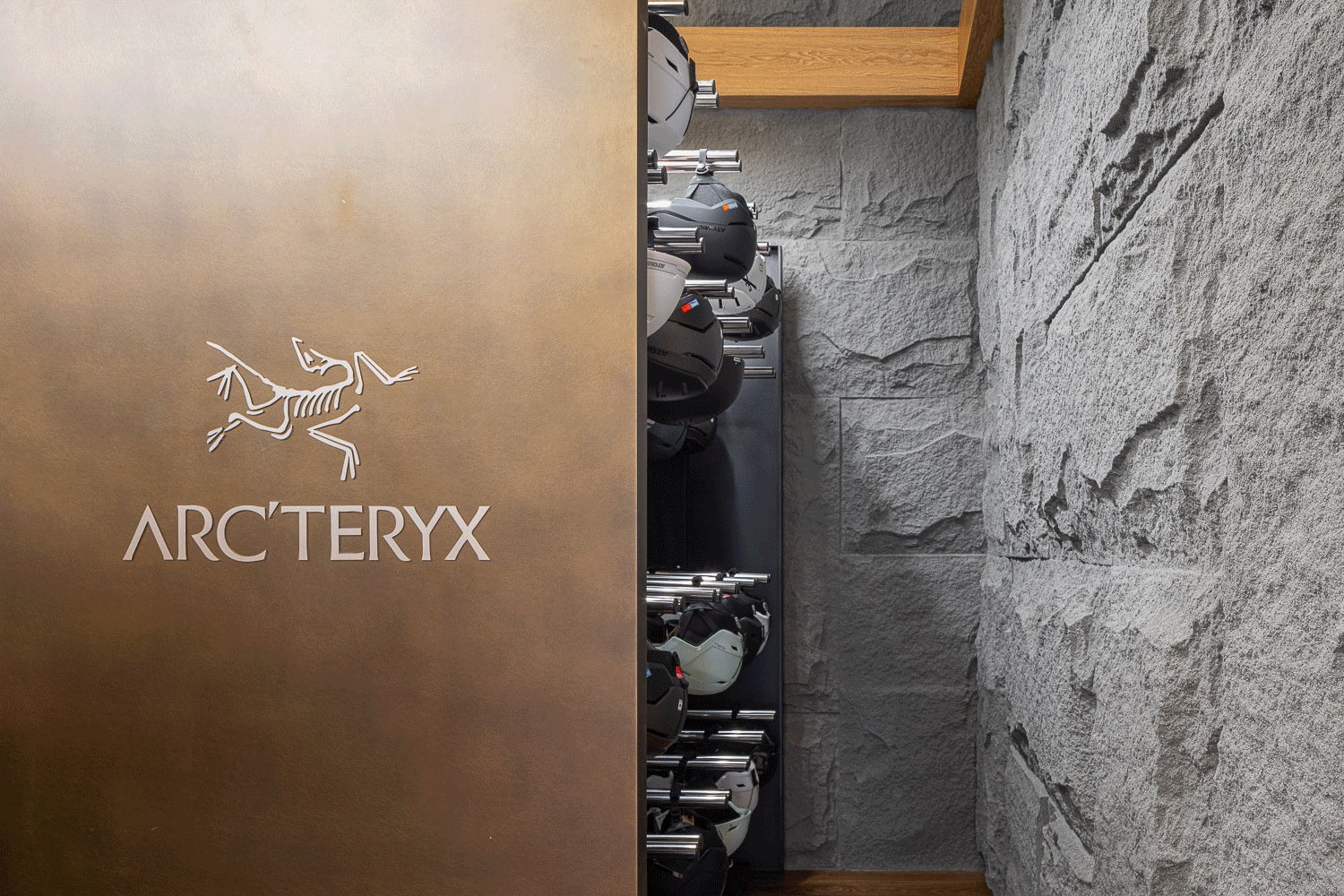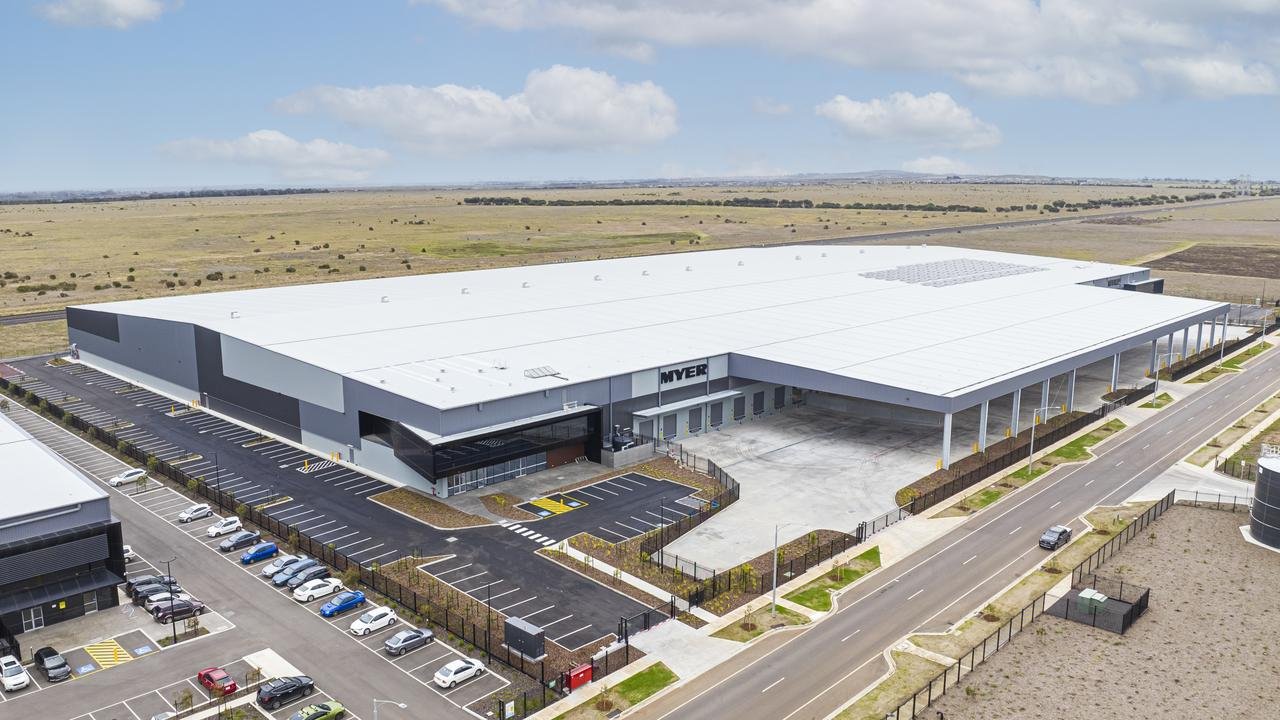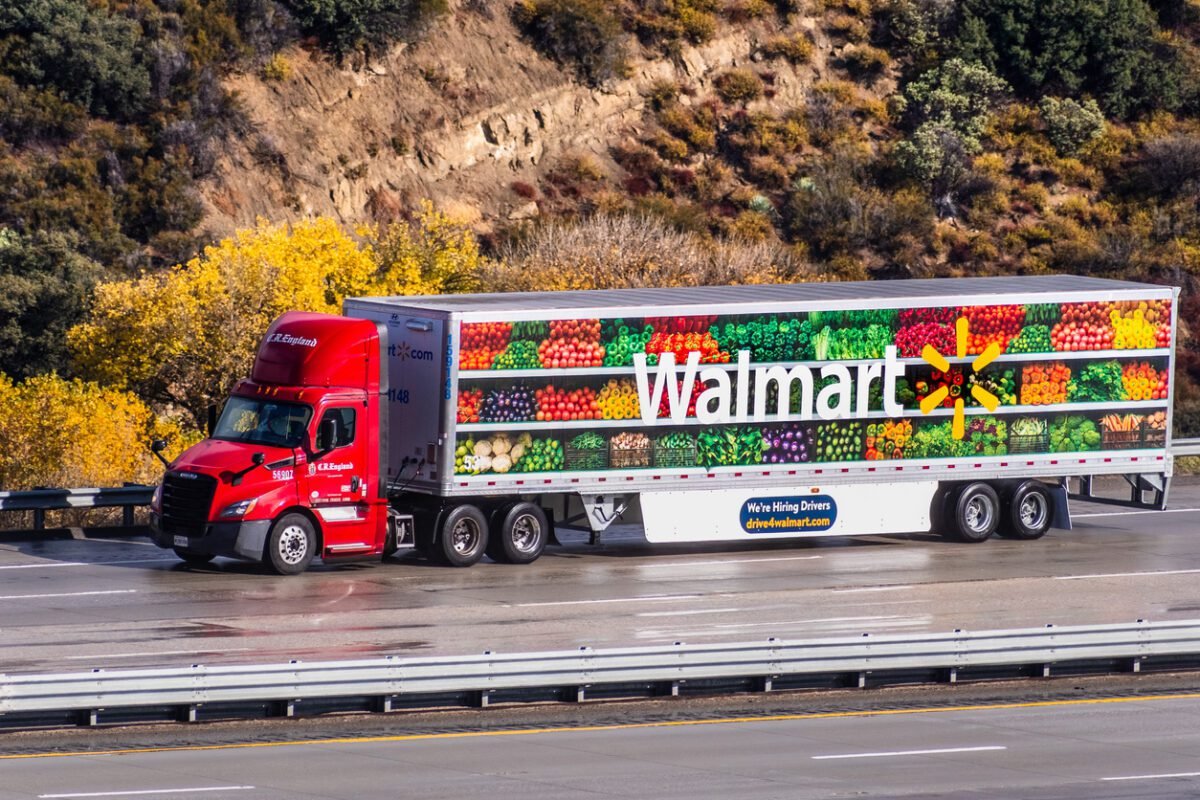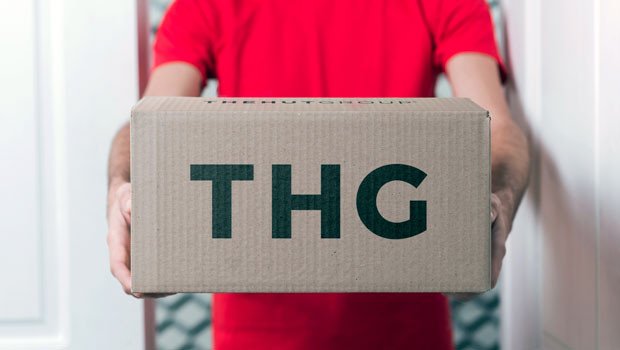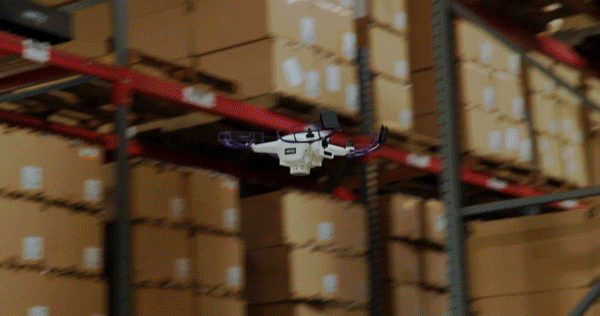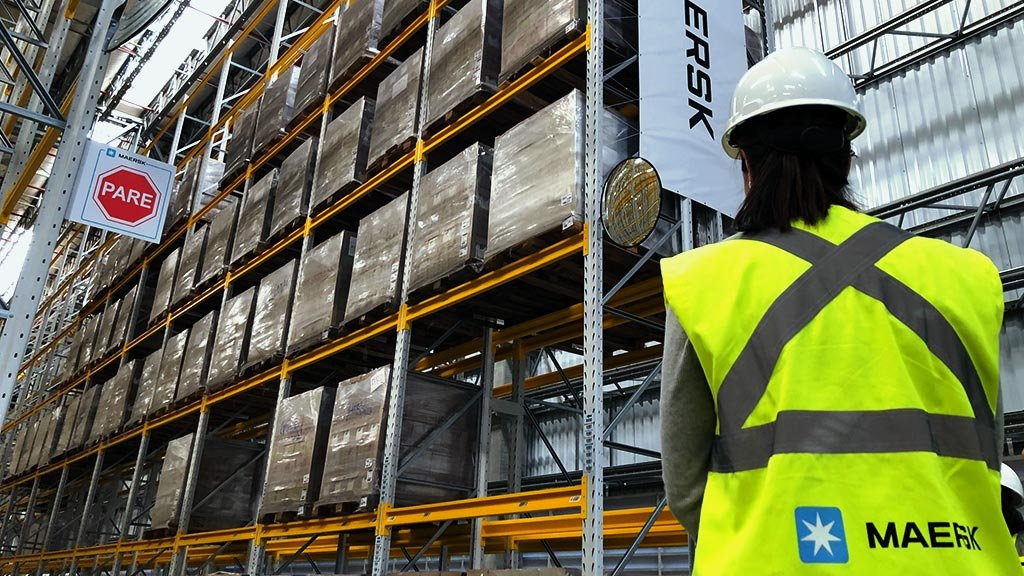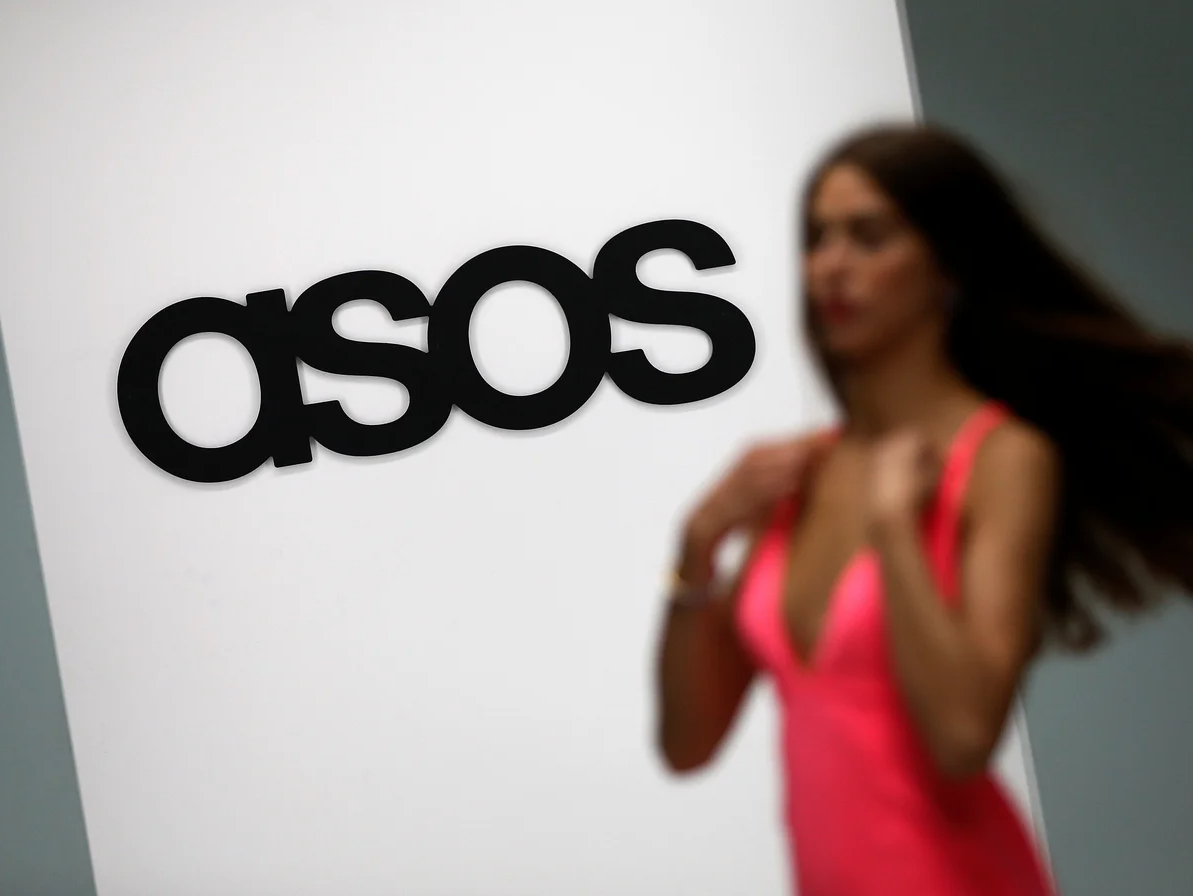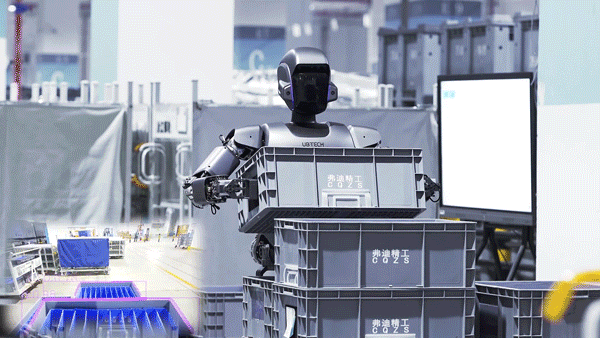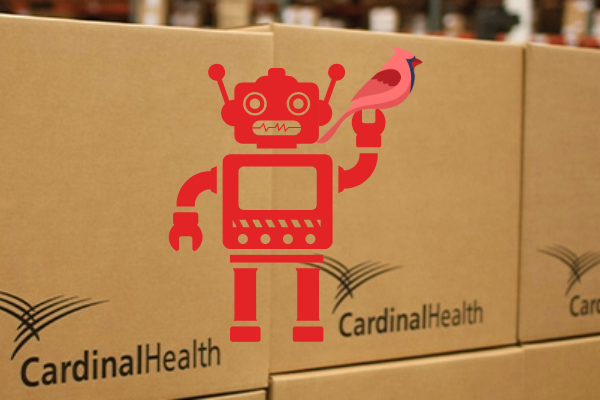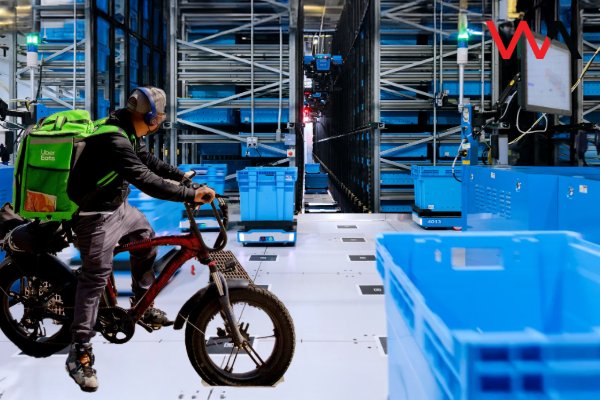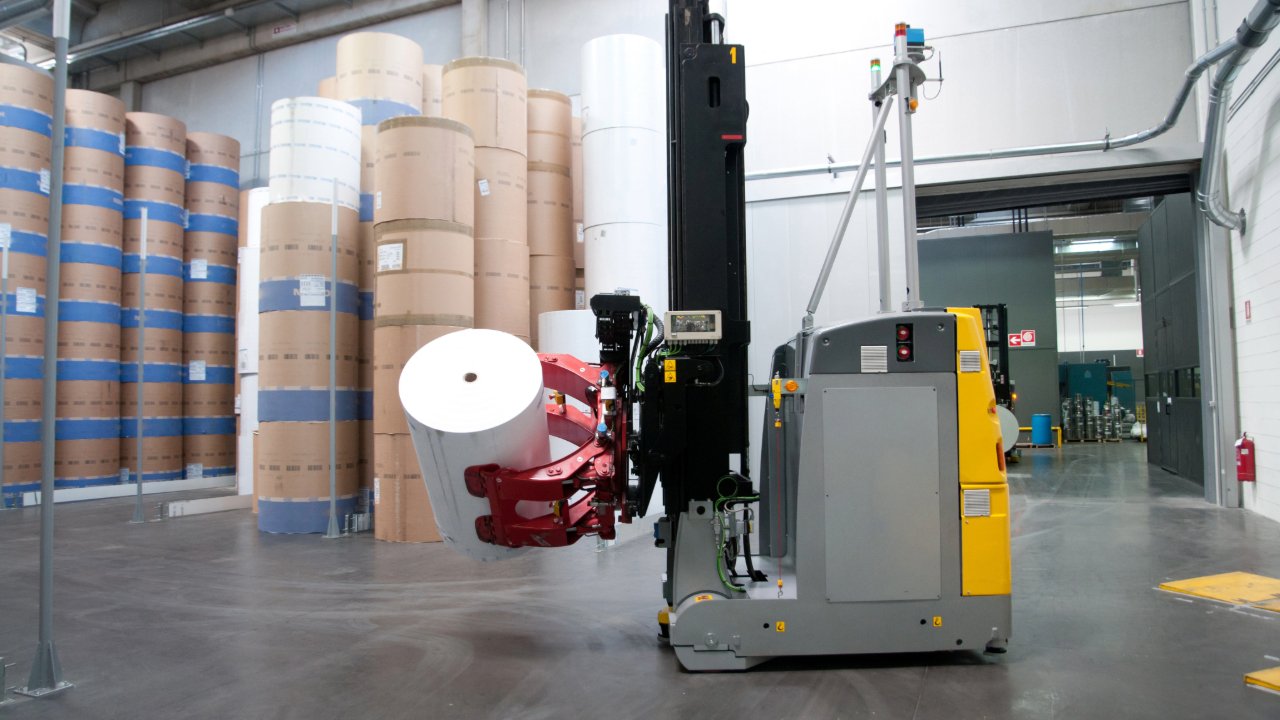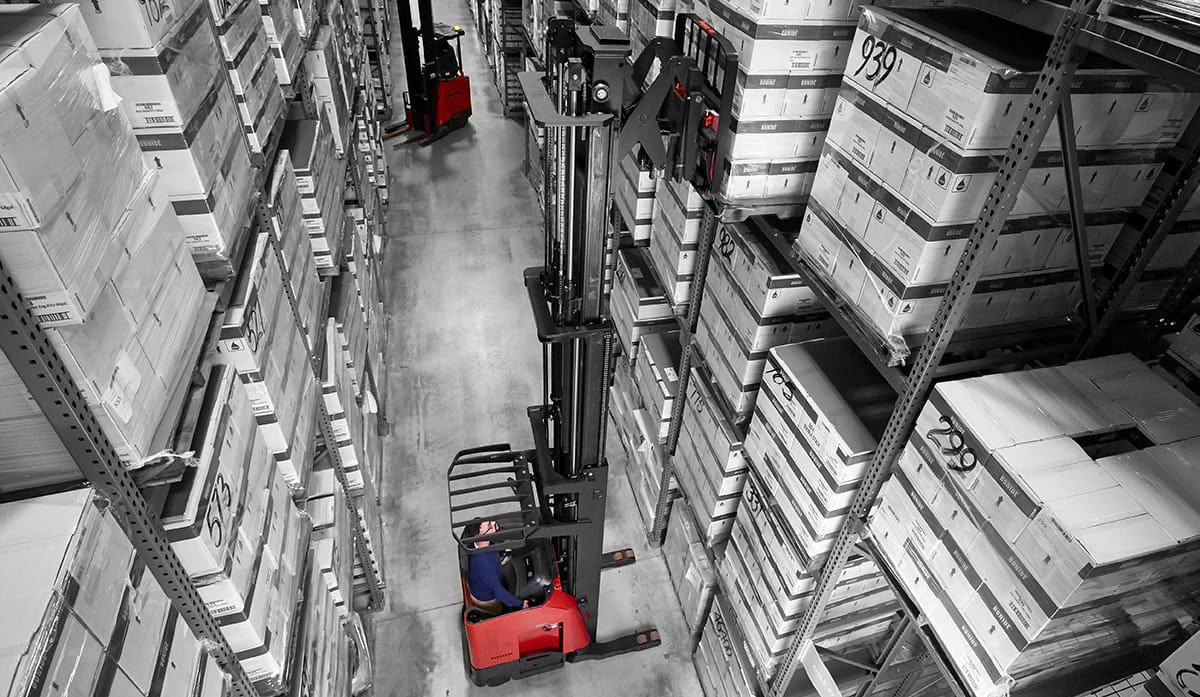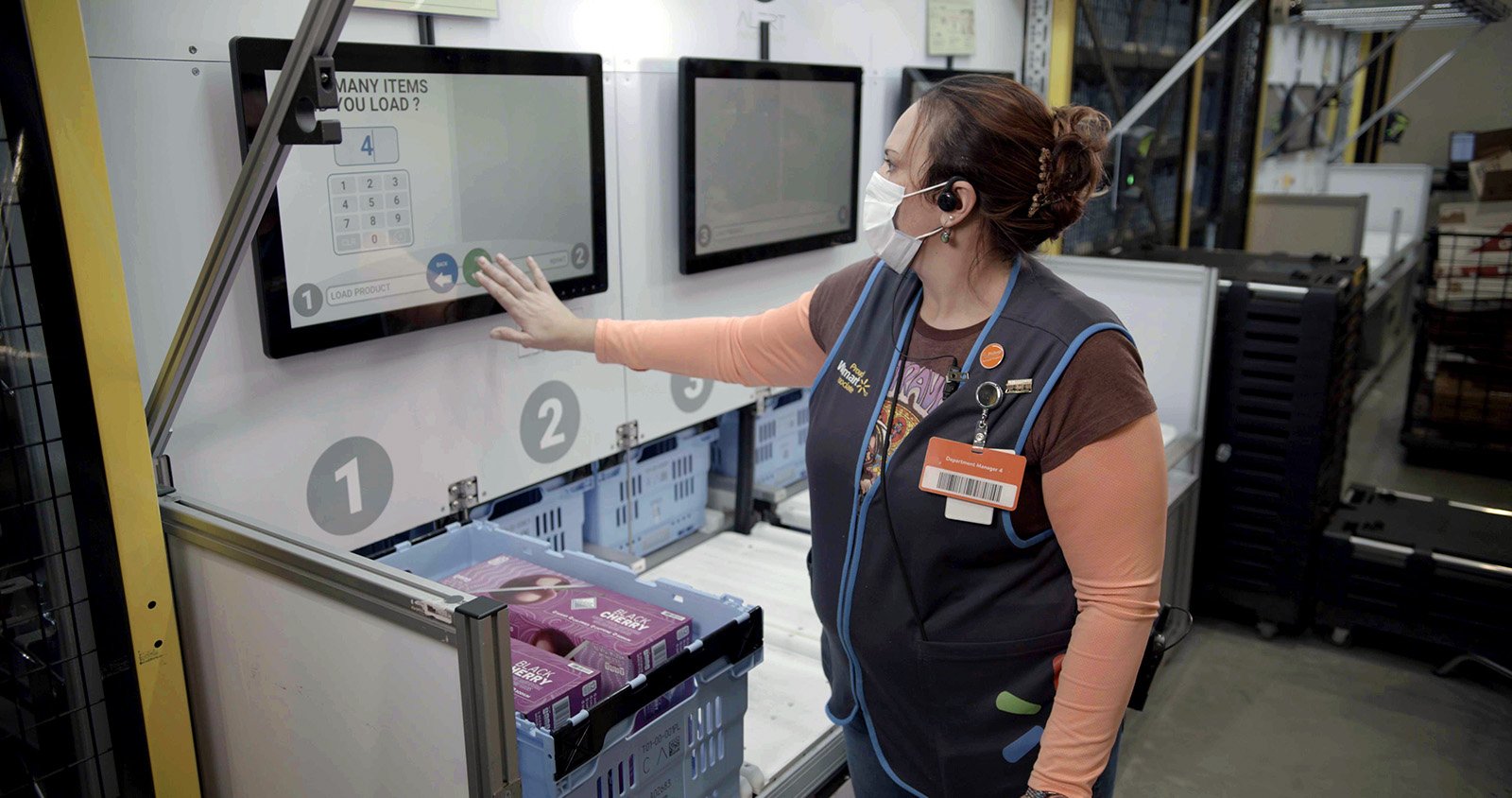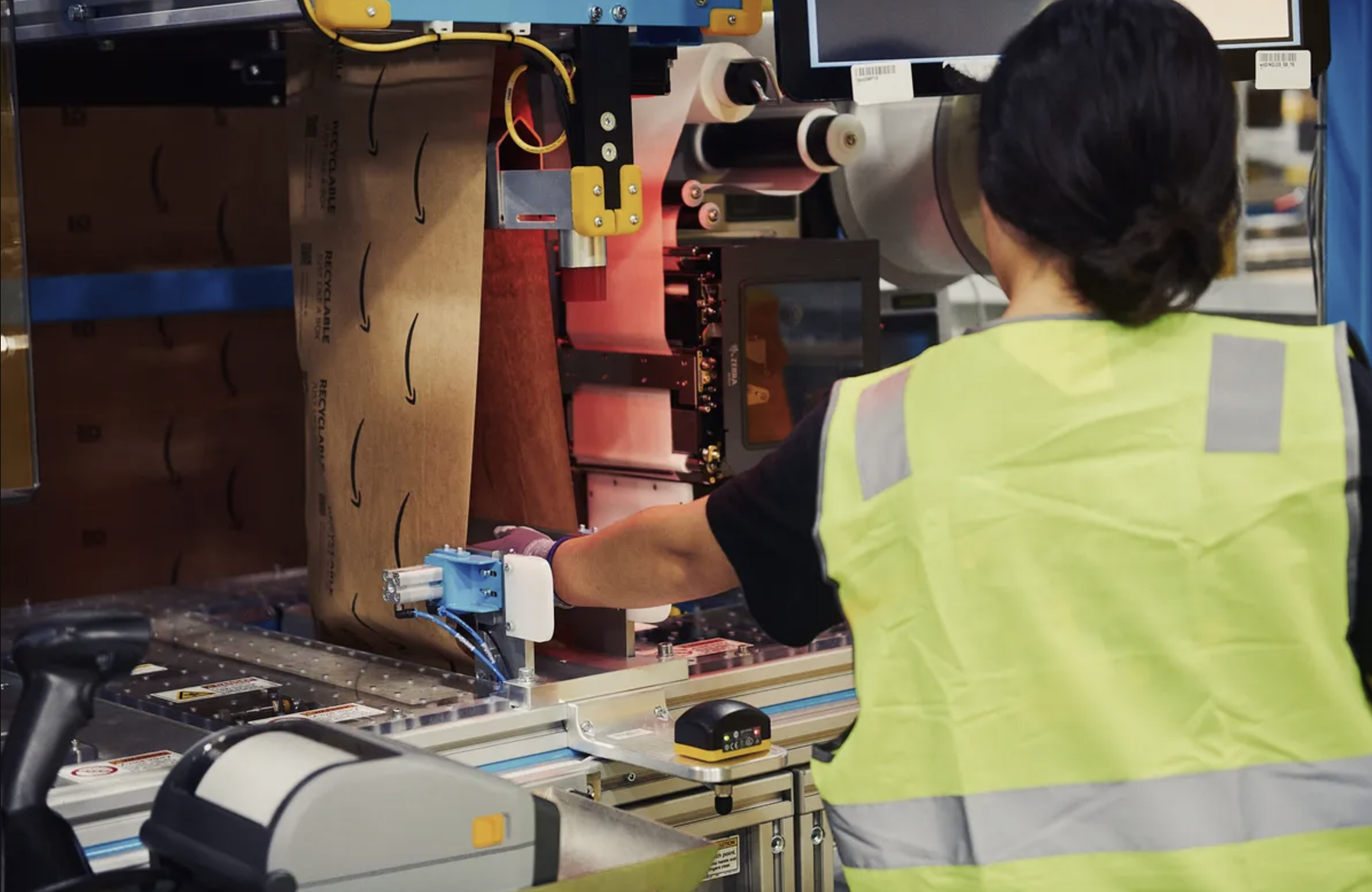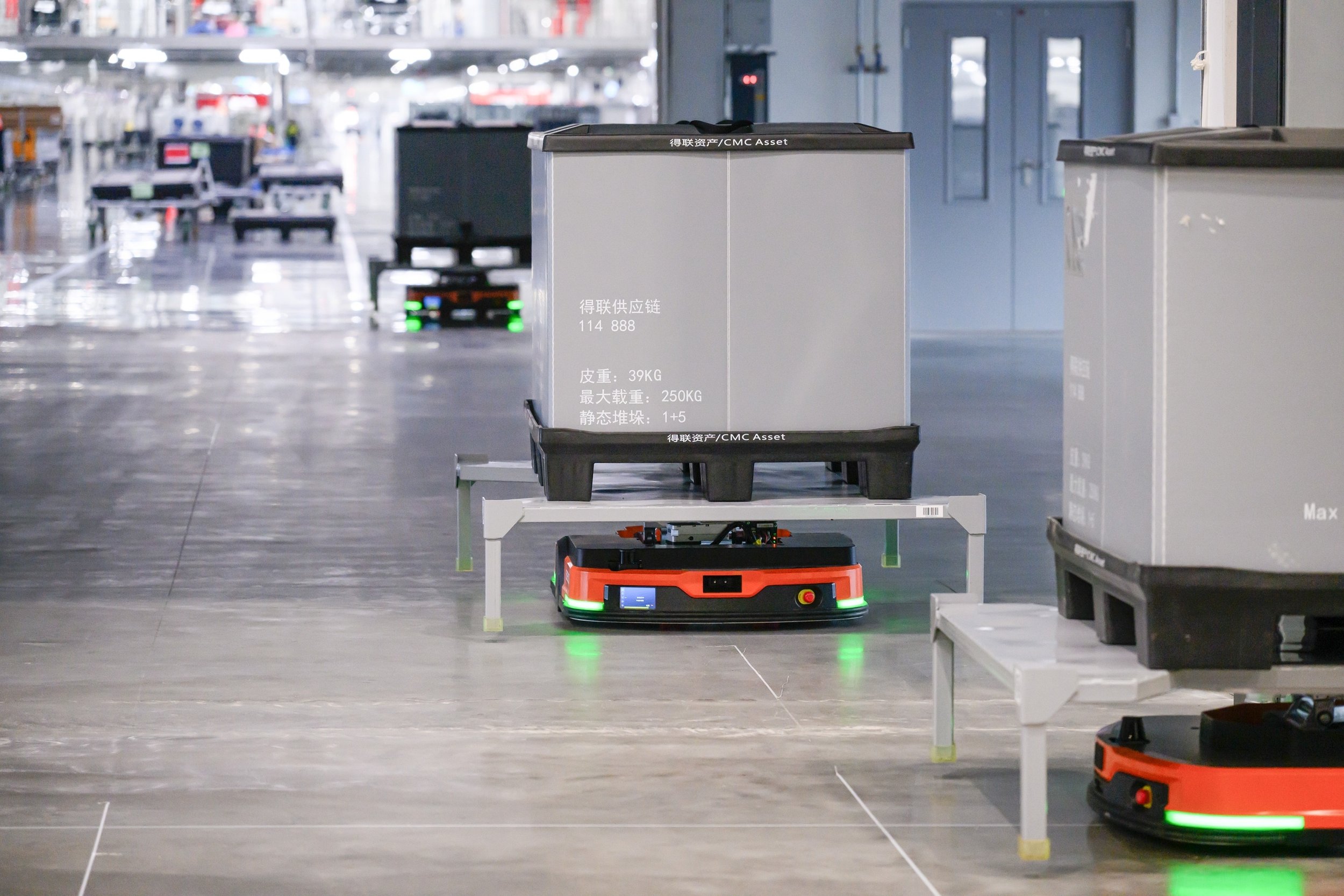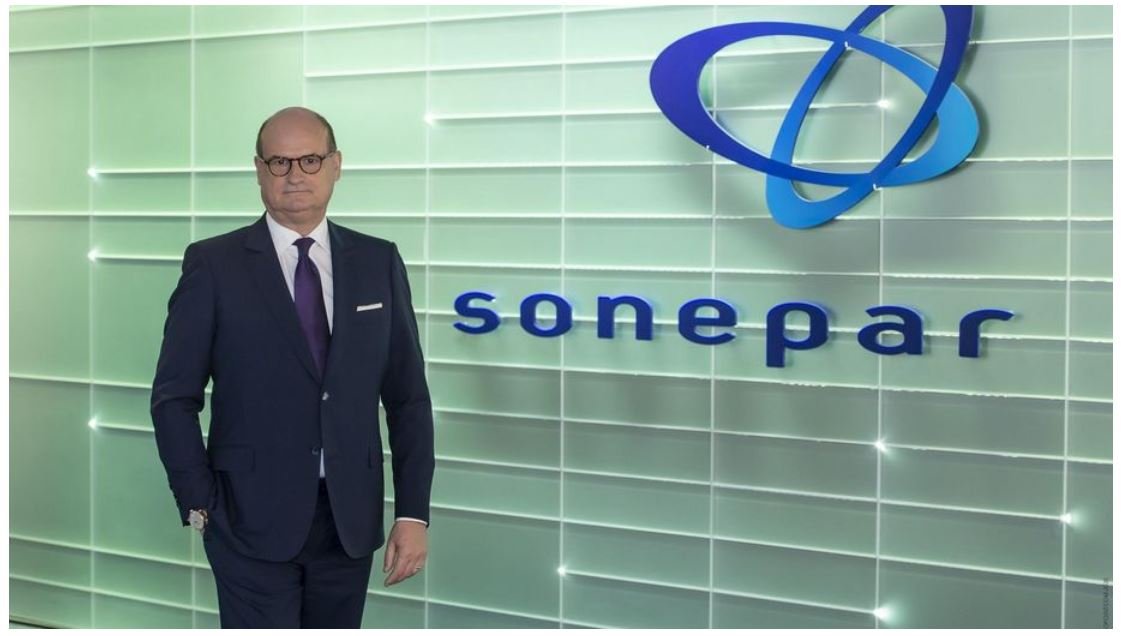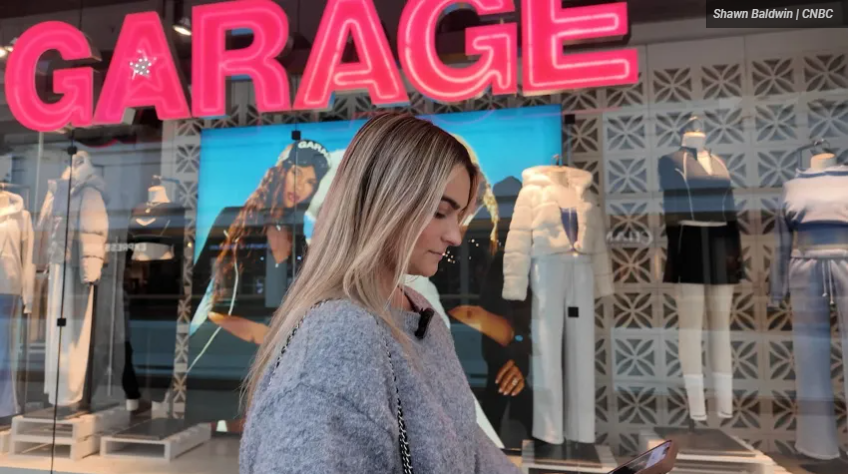AI and the Magic of Amazon's Supply Chain
A glimpse into the future of e-commerce at Amazon's Pflugerville, Texas, hub.
The Pflugerville (Texas) Amazon fulfillment center is like a high-tech symphony along with a Broadway production. From artificial intelligence conducting scans and orders, to conveyor belts waltzing across the warehouse, and a sea of robots, it looks like an industrial ballet on a giant concrete floor.
"We do magic in this building," Amazon Site Lead Shalini Sharma.
This facility in Pflugerville specializes in delivering in three to five hours. "We bring products back from the different sites," Sharma said. "We stage it here in these robotic pods. We pick and pack and ship it to our customers all within this facility."
The automation, along with about 400 employees, is designed to get your orders to your door within hours and the order-flow is mind boggling. Amazon stocks about 600,000 SKU items in this facility. On a typical day they'll move about 40,000 items but during the holiday rush its more like 50 to 55,000 and the week before Christmas it could be even more.
"There is a tremendous amount of technology in this building," VP of Global Transportation Services for Amazon Adam Baker said.
"One of the things that I think is most fascinating here is what we do is supply chain optimization technology," Baker said. "So long before you click the buy now button. We have actually already decided three months in advance what capacity we're going to need in a facility like this, how many drivers we're going to need and made the decisions of which of the 400 million items we're going to stock in this building to ensure that you can get it in three to five hours or in the greater area in one day.
Some of their biggest movers in this warehouse are air pods and Amazon Fire TV Sticks, along with household cleaners, toilet paper and water.
"A lot of those products are very much in demand," Baker said. "When you need it. You need it."
With massive data sets, AI looks at 400 million unique items for customers and tells the facility managers where to store and stage them.
"Our AI tools will figure out what's going to be pertinent to Austin and what's going to be more prevalent over in New York," Baker said. "And we pre-plan to place that inventory in those locations."
Amazon also manufactures its own robots and software integration. "We now have over 750,000 robots worldwide, just like the ones you see down there on the floor," Baker said.
Once the packages are ready for delivery, the AI tools map out the most efficient route for the drivers and Baker says this is just the beginning of Amazon's Opus. "It's only going to get faster," he said. "There's a lot of frontiers out here in autonomous technology that's coming and there's really a lot of opportunity."
